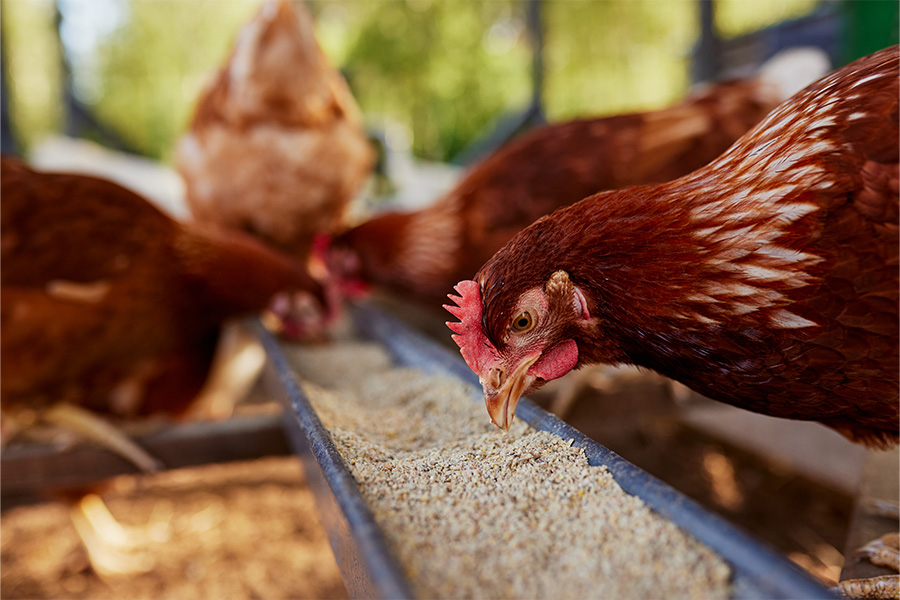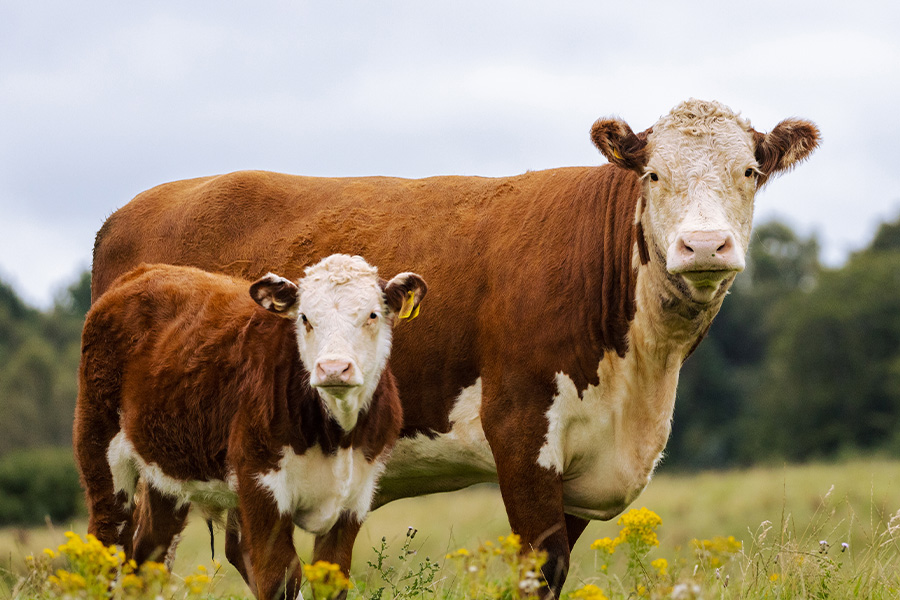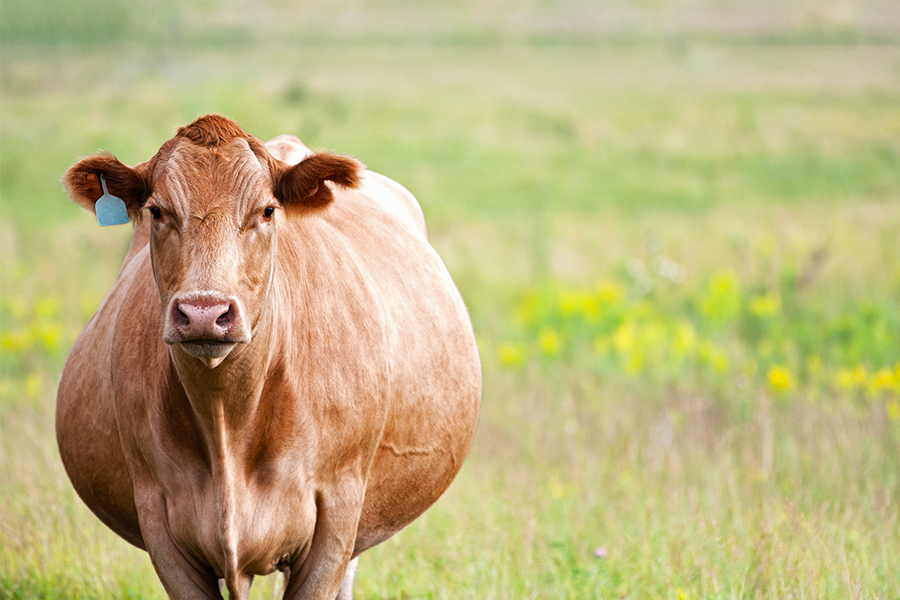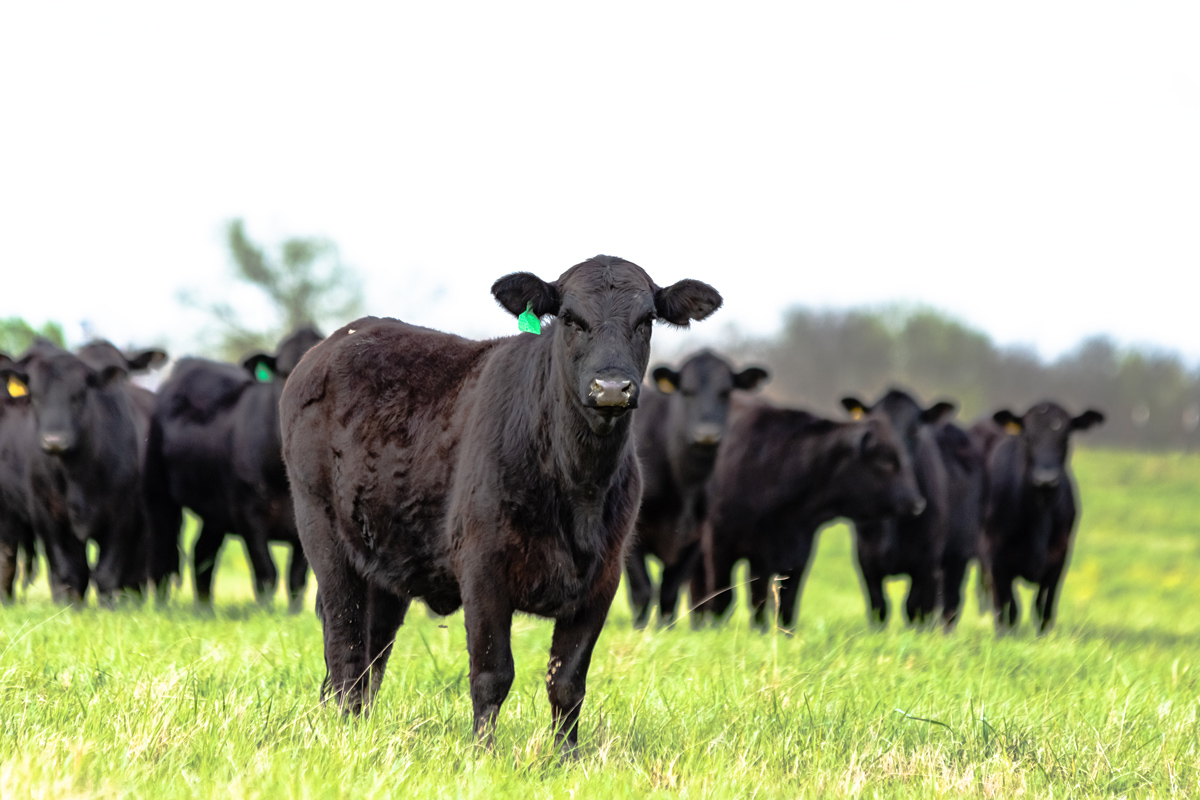Livestock
-

Adjust rations for the dry matter (DM) content of each feed, especially when wet feeds, such as silage, are fed. Small changes in the DM content will change the nutrient profile of the ration. The potential results of not monitoring the DM content of wet feeds and adjusting rations accordingly are a combination of problems including decreased animal performance and feed efficiency and increased health problems and feed cost.
John K. Bernard
|
-

Providing the right nutrition for your chickens means ensuring that what they eat supplies all of the essential amino acids, fatty acids, carbohydrates, vitamins, minerals, and water that they will need to produce the meat or eggs you hope to collect. This publication provides an overview of what you should look for when choosing poultry feed and how to choose a diet that is appropriate for various types of poultry.
Justin Fowler
|
-

C 915
Nitrate Toxicity
This resource summarizes the effect that high nitrates have on animals, presents the conditions to expect in toxic concentrations of nitrates, and outlines strategies that could prevent or reduce the risk of nitrate toxicity.
Dennis Hancock
|
-

C 859
Selecting a Beef Breed
New cattle producers frequently ask, “Which breed should I choose?” This question brings cold chills to many knowledgeable cattle producers and excitement to just as many enthusiastic breeders. The diversity of resources and management capabilities of any operation makes this question difficult to answer.
Carole Knight and Ted G. Dyer
|
-

Clean water for cattle is important for animal health and production and water delivery systems require routine maintenance and monitoring.
Raymond Fitzpatrick, Martin Wunderly, Shanna Reynolds, Robyn Stewart, and Pedro Fontes
|
-

Cattle producers commonly evaluate reproductive performance by determining how many cows became pregnant during the breeding season. Although pregnancy rates are important, when the females become pregnant within the breeding season is a major component of cow-calf profitability. Cows that become pregnant early in the breeding season calve earlier in the calving season. Consequently, they have more time to recover before the next breeding season, which increases their chances of becoming pregnant and staying longer in the herd. Estrus synchronization programs have the ability of inducing estrus and can be combined with natural service to increase the percentage of cows and heifers that become pregnant early in the season. This publication describe different synchronization protocols that can be incorporated by cow-calf producers utilizing only natural service.
Nathan Eason, Jason Duggin, Pedro Fontes, and Andy Carter
|
-

Pregnancy diagnosis is an important part of reproductive management in productive beef cow-calf operations. Open cows decrease profitability as they utilize similar resources as pregnant cows without producing a marketable calf to justify these costs. With the move toward more efficient operations and inclusion of artificial insemination (AI) and other reproductive technologies in cattle production, abstaining from pregnancy diagnosis may no longer be economically viable or practical. Establishing a pregnancy diagnosis program allows for the detection of cows that are not pregnant and allows producers to make management decisions to increase reproductive efficiency, such as culling of infertile females or resynchronizing females that are open. Although the economic benefits of incorporating pregnancy diagnosis are clear, the rate of adoption by beef cow-calf operations is considerably low in the United States. This article provides an overview of the different methods available (rectal palpation, transrectal ultrasound, and blood tests) for pregnancy diagnosis and provides a practical description of how to implement these methods.
Tammy W. Cheely, Savannah Tanner, and Pedro Fontes
|
-

B 1377
UGA Feed Cost Analyzer
The UGA Feed Cost Analyzer is a spreadsheet-based decision aid to compare potential feedstuffs on a price per pound of crude protein and energy (total digestible nutrients; TDN). This program consists of a feed library prepopulated with some common feedstuffs, a least cost feedstuff analyzer, and a feedstuffs replacement calculator. Each page contains step by step directions on how to use this decision aid.
R. Curt Lacy, Dennis Hancock, and Lawton Stewart
|
-

Cutting costs allows producers to survive during trying times and also teaches valuable lessons that may actually increase profits in future years. Cutting corners, on the other hand, may save some money in the short-run but ultimately will have very detrimental effects.
Lawton Stewart, R. Curt Lacy, Dennis Hancock, Ronald E. Silcox, and Glendon H. Harris
|